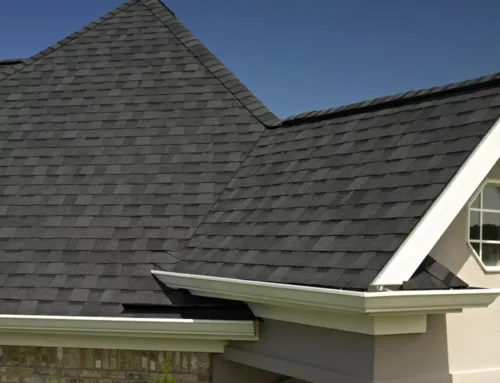Steep or gradual pitched roof styles are the most commonly seen around New England residential communities. In comparison to flat top roofs, this style has lots of benefits for the homeowner in addition to protecting their dwelling. A steep roof offers better energy efficiency, is less prone to sun damage, and even ensures that water from rainfalls and melting snow safely exits the roof.
In this post, we’re digging a little deeper into the reasons by a steeply pitched roof may last longer than other types.
First, it’s important to understand how sun and ice damage can cause wear and tear prematurely to your roof. Think about all the inclement weather situations we have in Connecticut alone during the winter and summer seasons and it’s easy to understand just how much freezing, unfreezing, and sun exposure our roofs are subjected to.
With a steep pitched roof, the chances of ice damage are reduced and melted water moves more efficiently away from the dwelling. Which also means fewer leaks overall.
It’s also important to consider how much heavy snow sitting atop your roof during the cold season would be an issue. The less pitch your roof has, the longer that snow will sit, waiting for the sun and warmer temps to begin to melt away.
Anything you can do to maintain the structural integrity of your roof is important for its longevity. So in the long run, and based on the climate and conditions here in New England, yes – a steep roof that’s well cared for can last longer than other options.








